Pressure on our cities is increasing. Yet, we often use limited urban space inefficiently: dividing it into 12m² rectangles, parking cars on them, and leaving them unused about 95% of the time. This seems inefficient, right?
More and more cities and housing developers want to change this and pledge to make better use of urban space. In our session at Shared Mobility Rocks, we shared examples of how we can do things differently!
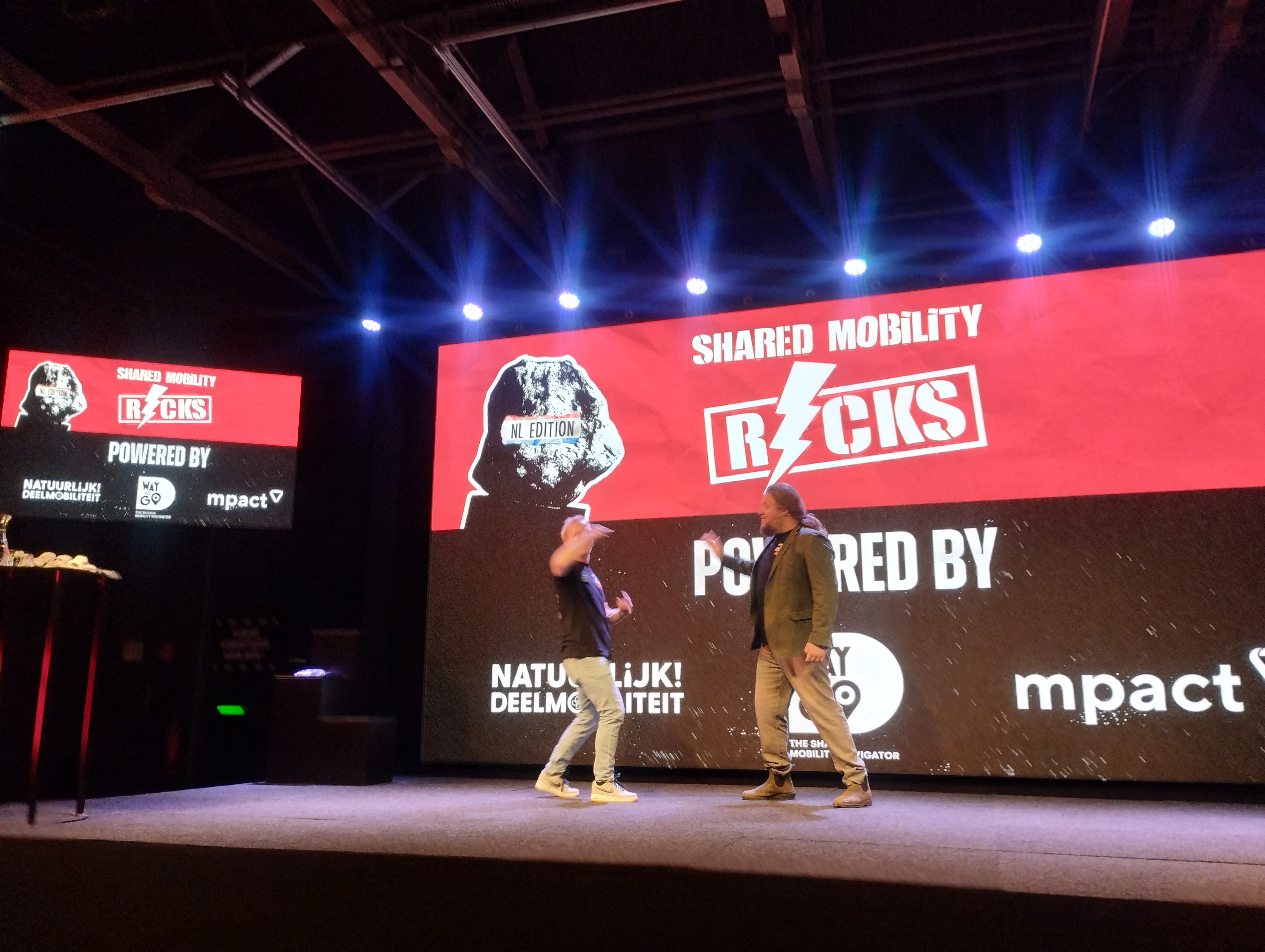
SN² project partners Jeffrey Matthijs (Way To Go) and Tjalle Groen (Mpact) opening the plenary session at Shared Mobility Rocks in Amersfoort!
Bremen, where it all began
The City of Bremen, a pioneer in this field, opened the session by presenting its innovative parking bylaw. This regulation allows housing developers to reduce the number of expensive (underground) parking facilities. Instead, developers can integrate shared mobility solutions into new housing projects, offer public transport subscriptions, or contribute to a city fund dedicated to expanding shared mobility and mobility hubs in the neighbourhood.
“If we do not provide alternatives, people will continue to rely on cars and congest the streets,” explains Cornelia Cordes. “Our parking bylaw aims to address this by shifting the focus from car-centric to human-centric mobility solutions.”
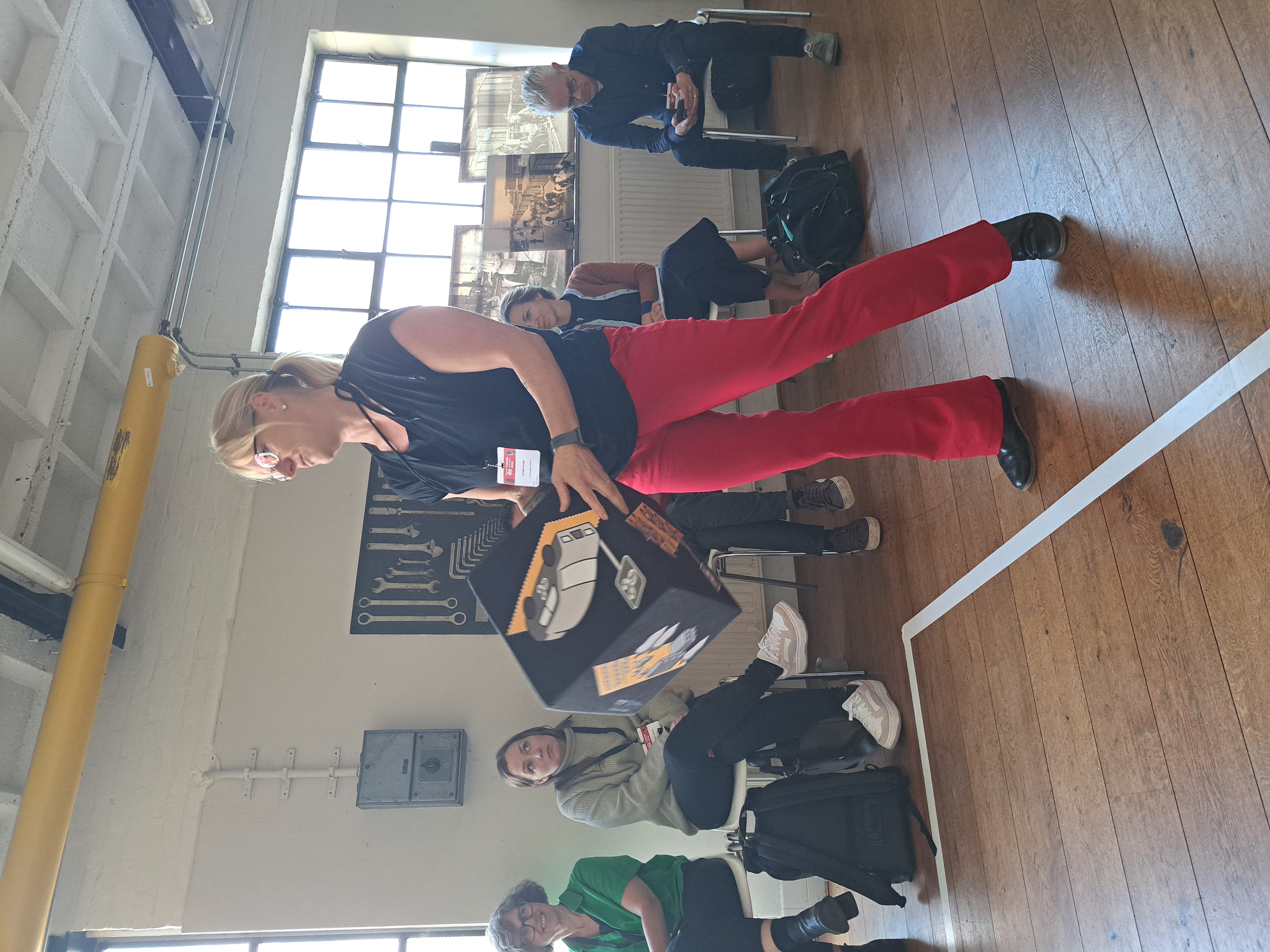
Cornelia Cordes (City of Bremen) using our famous SN²-dice to explain how we can use 12m² differently.
Rebecca Karbaumer backs this claim with data: “A recent study found that residents in developments offering alternatives to car ownership own significantly fewer cars: 34% of them do not own a car at all, compared to just 16% in the control group.”
In short, when shared mobility is available as an alternative, people adapt their habits.
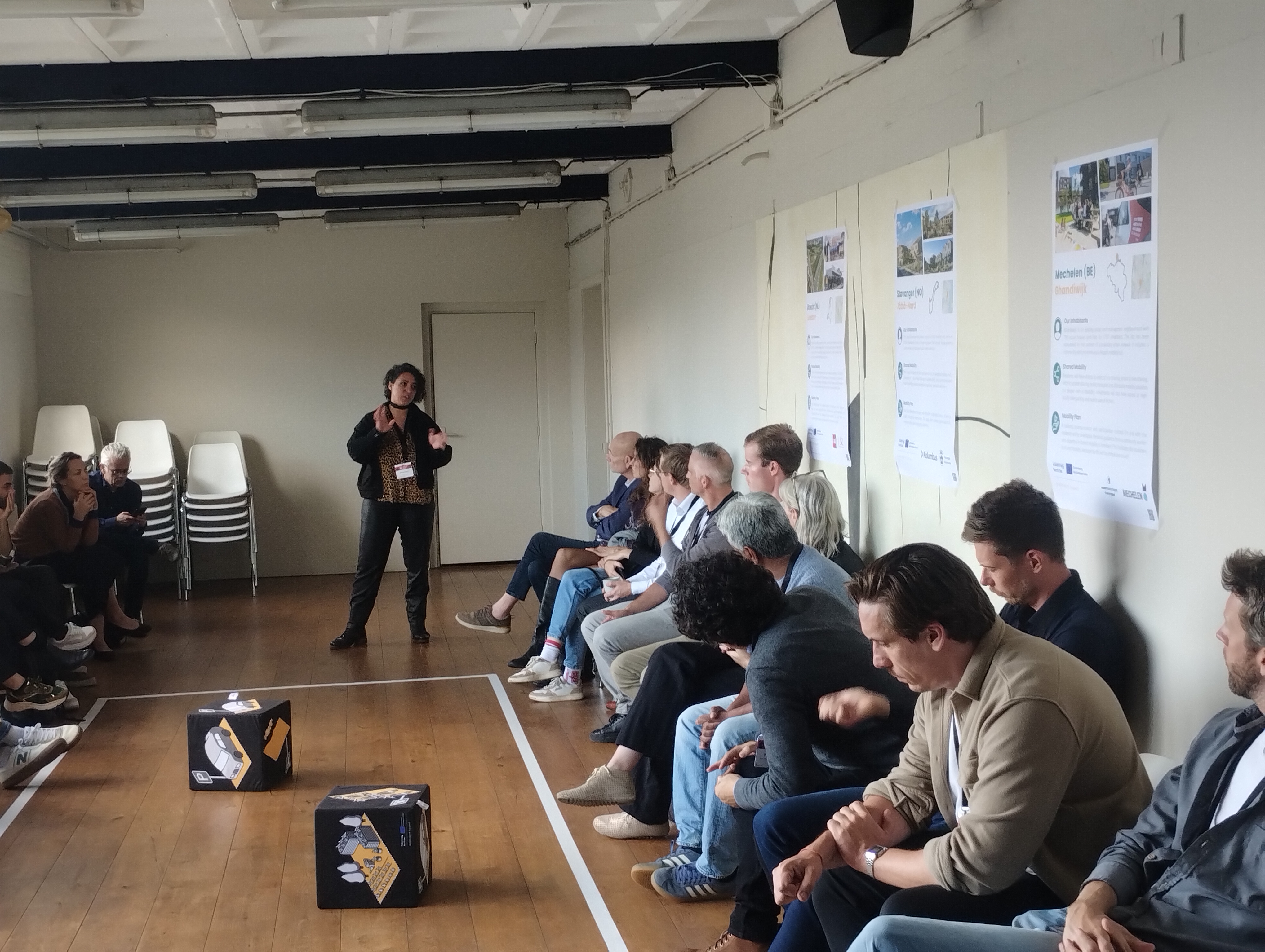
Rebecca Karbaumer (City of Bremen) explaining how you can use 12m² - the space demarcated with white tape - differently.
GEWOBA, Bremen’s social housing developer, has adopted this approach. A standout example is the Q45 project, where an old military building is being transformed into social housing.
Under standard regulations, 130 parking spaces would have been mandatory. However, as Jörn Ehmke explained, the parking bylaw allowed GEWOBA to reduce this requirement to just 30 spaces. In exchange, GEWOBA contributed to Bremen’s mobility fund, enabling the city to expand bike, cargo bike, and car sharing services in the Q45 neighbourhood.
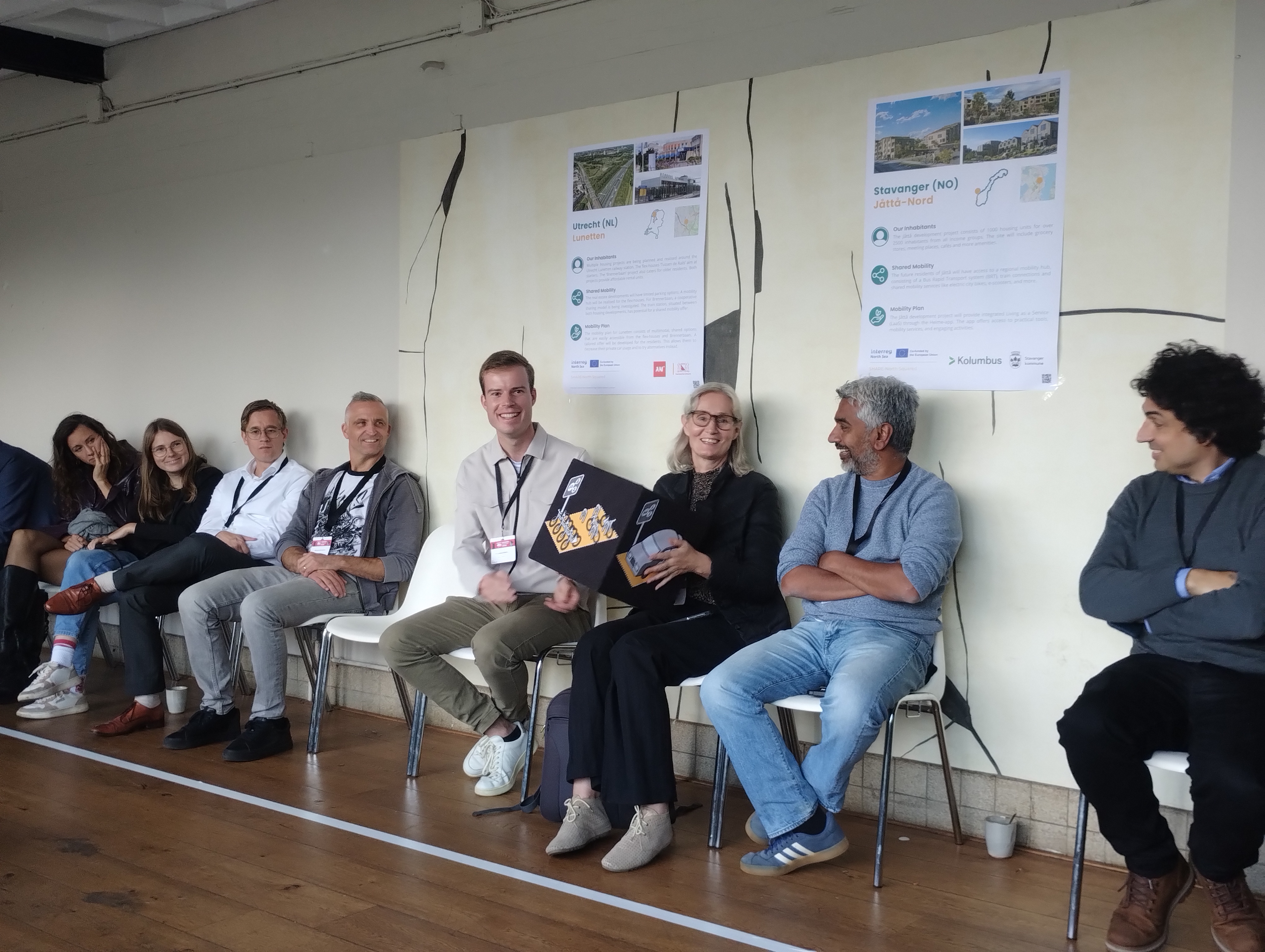
Always nice to take questions from such an engaged audience!
Mechelen, the Flemish frontrunner
The winds of change have also reached Mechelen. The city already features an extensive network of mobility hubs and a well developed car and bike sharing system. Now, Mechelen is focusing on a new group: social housing tenants.
As Kristof Penders from Woonland social housing explains: “Our experience shows that most parking spaces at social housing sites remain unused. Rather than building more parking, it is far more effective to provide alternative mobility solutions.”
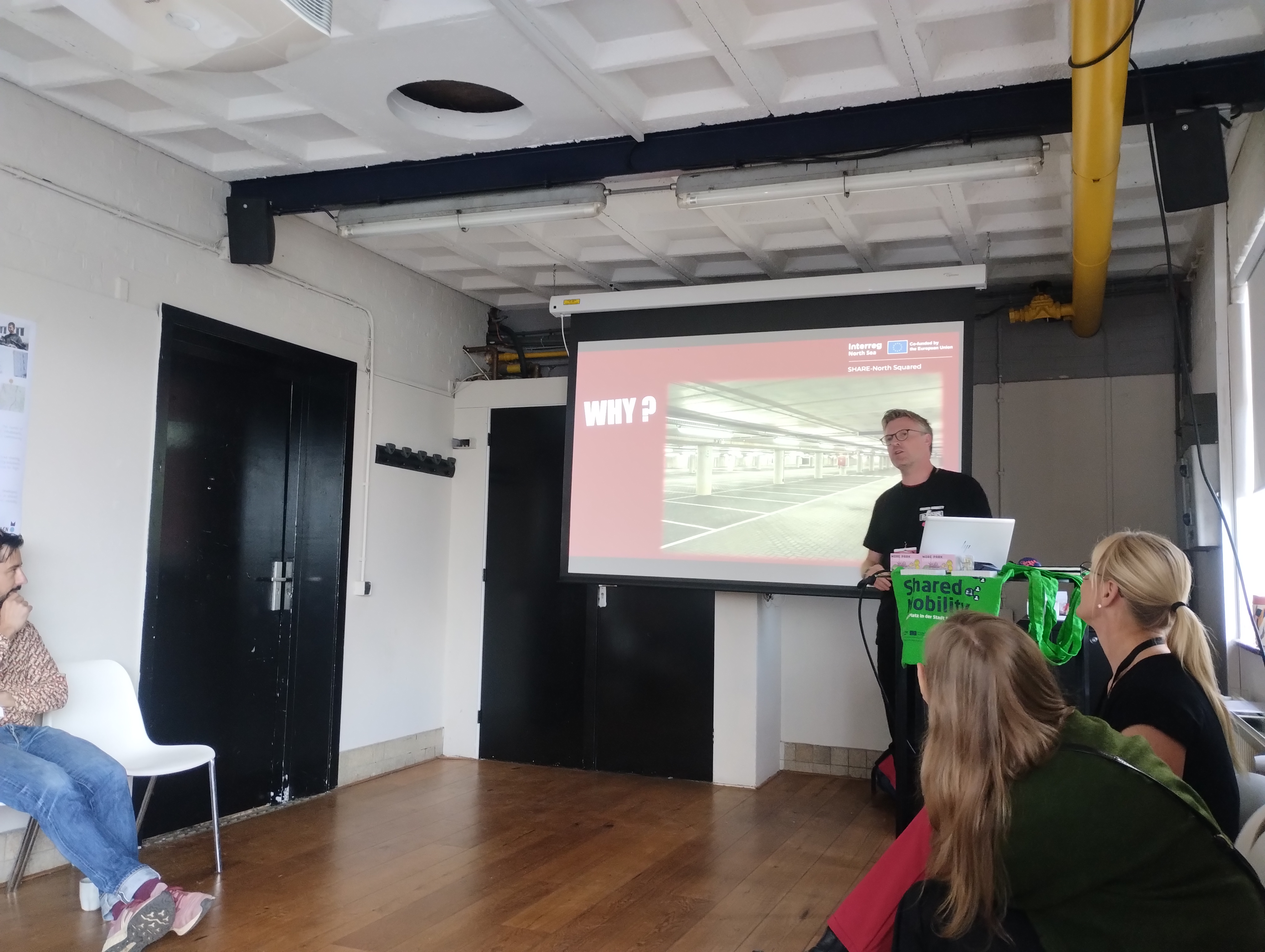
Kristof Penders explaining why Woonland social housing offers shared mobility solutions to their tenants.
Woonland is currently implementing shared mobility solutions at three locations: Oud Oefenplein, Gandhiwijk, and Kruisbaan. Surveys were conducted at each site to identify residents’ needs, and based on the findings, shared bikes, cars, cargo bikes, or other options are being introduced.
“So far, the results are promising”, states Kristof Penders. “Early data show that social housing tenants are actively using the shared bikes.”
And what do commercial developers do?
Maarten Markus explained why AM Gebiedsontwikkeling incorporates shared mobility into its housing projects. “Research shows that 50% of the Dutch population lives within 15 kilometres of their workplace,” he notes. “For them, shared mobility can be a practical alternative: they can cycle to work and occasionally use a shared car.”
This way-of-life has already gained traction among many middle-class residents. However, engaging other demographics remains challenging: many social housing tenants do not cycle - often for cultural reasons - or are unfamiliar with the concept of shared mobility.
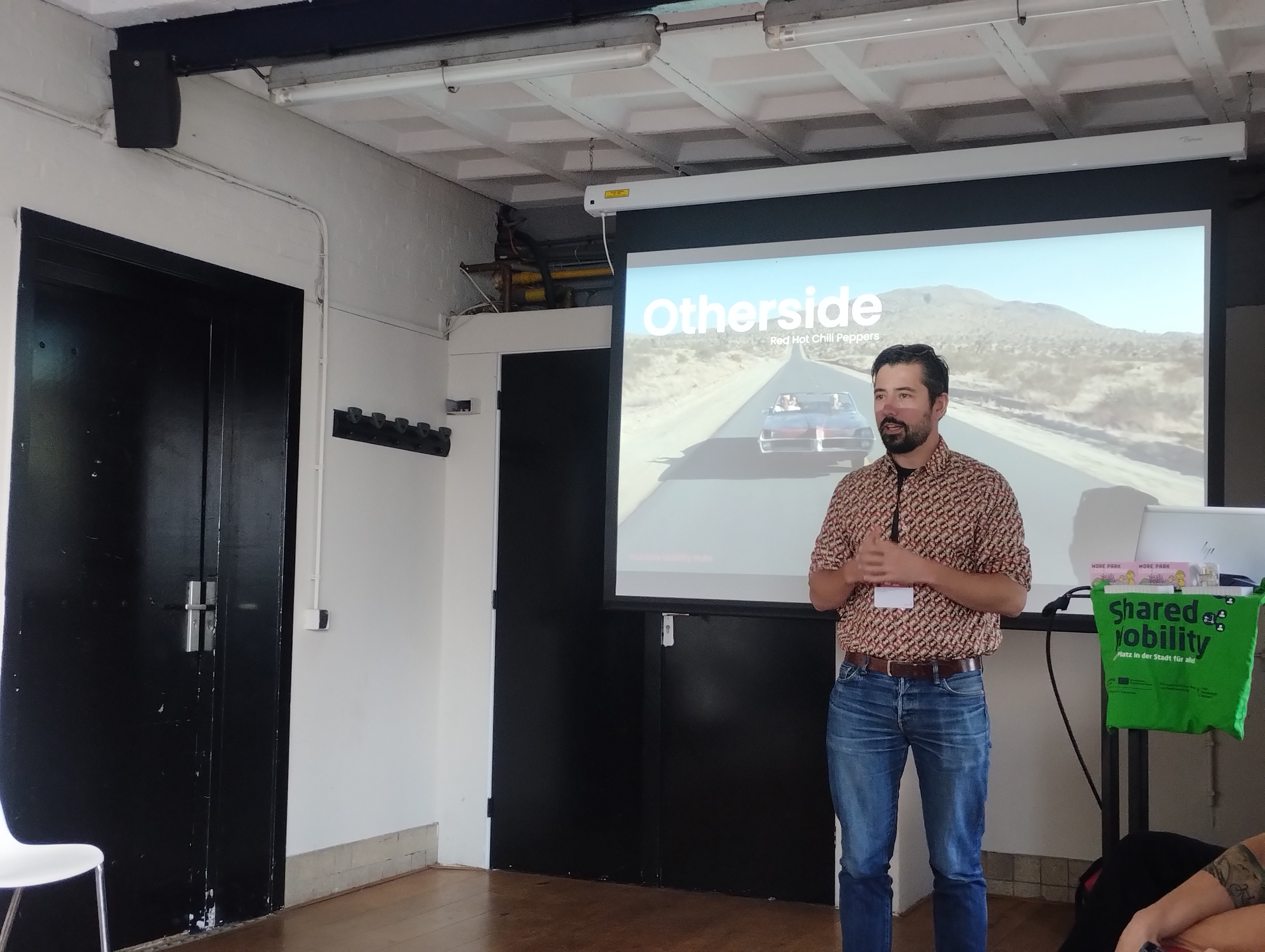
Maarten Markus from AM emphasised that we need to engage with the 'otherside' as well: people who are not yet familiar with shared mobility.
AM therefore avoids a one-size-fits-all approach in its projects. “We work closely with future residents to determine the most suitable shared mobility solution for their needs,” Maarten explains. “This might include station-based commercial models or community-driven alternatives.”
By tailoring shared mobility solutions to residents’ preferences, AM Gebiedsontwikkeling helps create housing developments with more green spaces and less parking.
Cities for living, not for parking
The shift from car-centric to human-centric mobility is not just a trend: it is a necessity for sustainable, liveable cities. Bremen, Mechelen, and innovative housing developers like GEWOBA, Woonland, and AM Gebiedsontwikkeling are proving that change is possible.
Are you ready to be part of the transition toward cities designed for living, not for parking? Join our movement by following our LinkedIn page or subscribing to our newsletter!
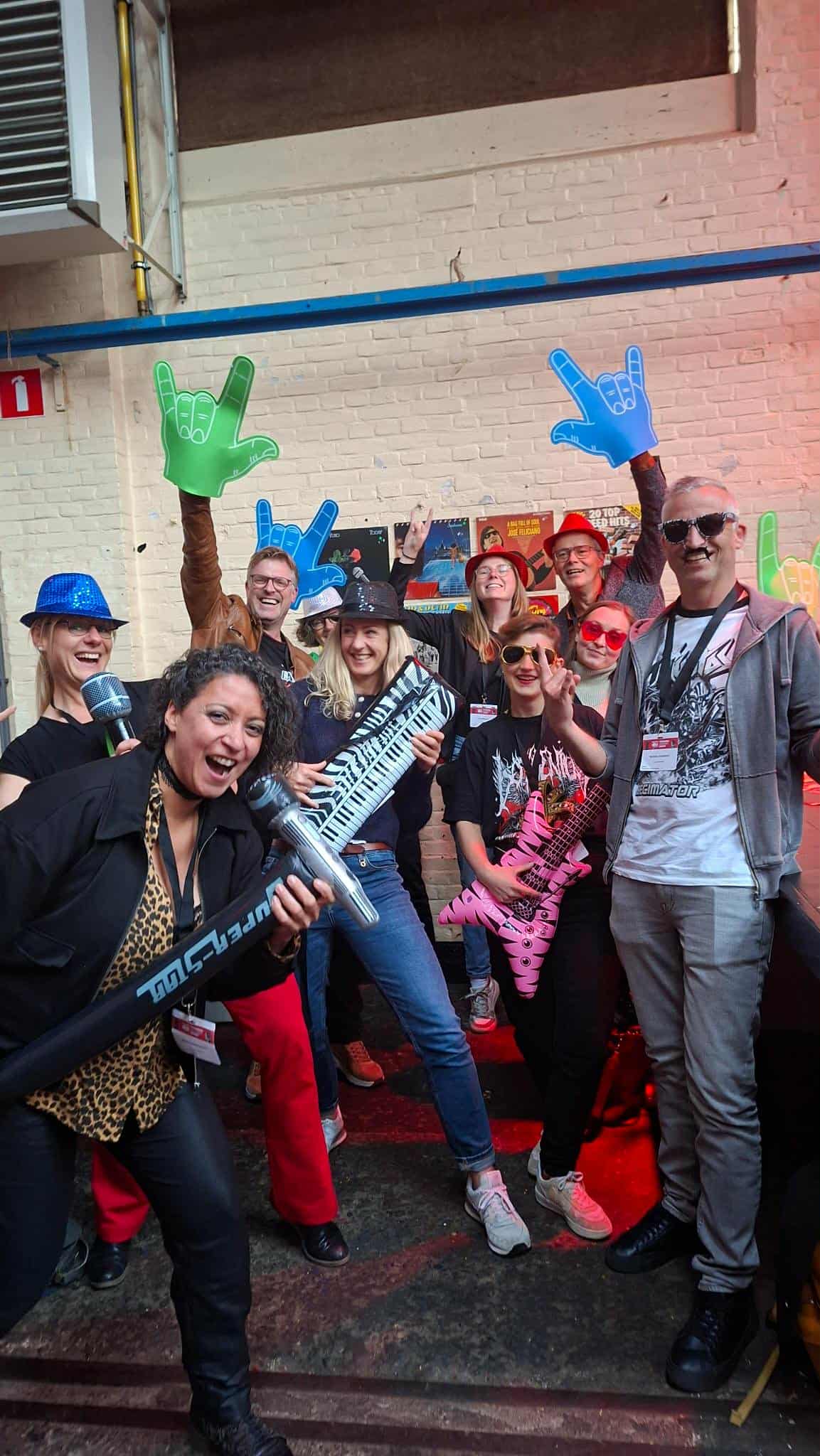
Join us and contribute to more parcs, less parking!
Written by Jelten Baguet (Mpact)
Pictures by the SN² team
Thank you very much to everyone who participated in our session!
